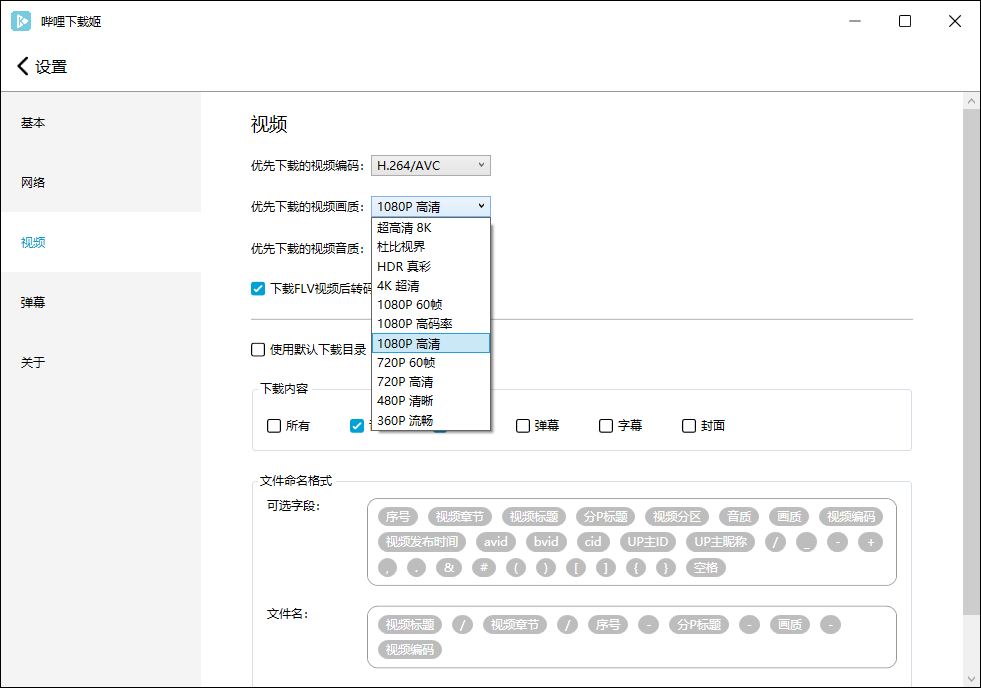
Here's the command i used to do the av1 conversion C:\Users\l\Desktop\6-app\ffmpeg -i y.mp4 -c:v libaom-av1 -crf 30 -b:v 0 -strict experimental -vf scale=1920:1080 -r 60 -ab 192k -ar 48k -map_chapters -1 -map_metadata -1 z. Here's the command i used to do the hevc (h265) conversion C:\Users\l\Desktop\6-app\ffmpeg -i y.mp4 -c:v libx265 -preset 8 -vf scale=1920:1080 -r 60 -ab 192k -ar 48k -map_chapters -1 -map_metadata -1 z.mp4 Encoding Av1 Encoding is always harder x264 took about 7 years to become great x265 needed nearly the same time to become a good competitor It managed to leverage a good deal of experience But making eective use of the HEVC features takes more eort. With the hevc (h265) file, i used the default crf setting (28)Īv1 doesn't have a default crf amount, but i used the ffmpeg recommendation of 30 Relative to the hevc (h265) file, the av1 file is far larger in size, and the av1 file has worse psnr and ssim results too. Go to the FFmpeg installation folder and run the following command.

It is multi-threaded, scalable and flexible, and provides support for. I converted an avc (h264) file to an hevc (h265) file and an av1 file. Here is the code: I have compiled OpenCV with ffmpeg and gstreamer capabilities.


 0 kommentar(er)
0 kommentar(er)
